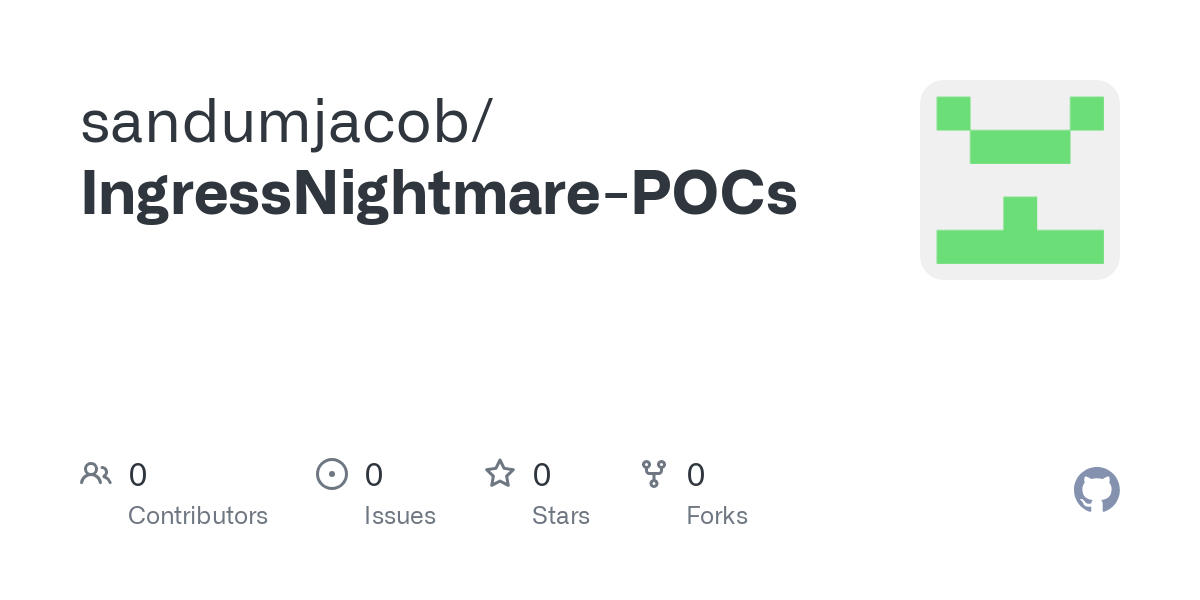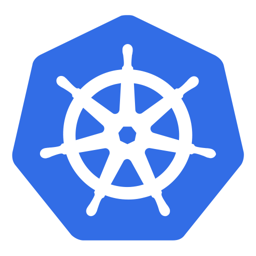IngressNightmare Patch and Vulnerability Analysis
Series of CVEs assigned to ingress-nginx
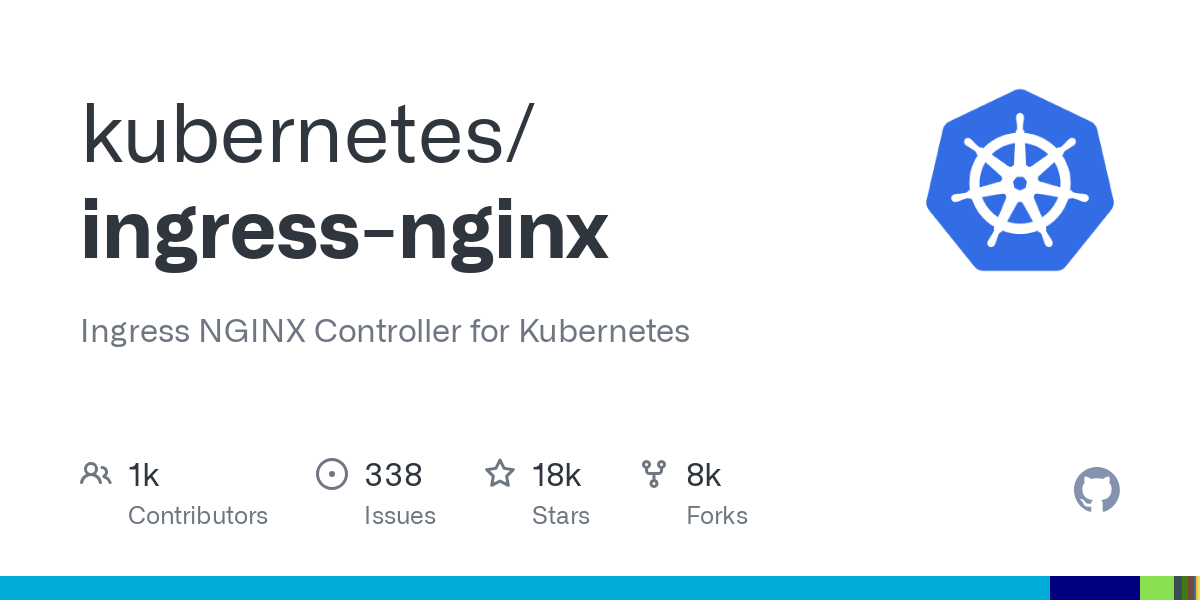
Last Update: 3/24 8:53 PM CST
Post may be a bit rushed
Patches have been released
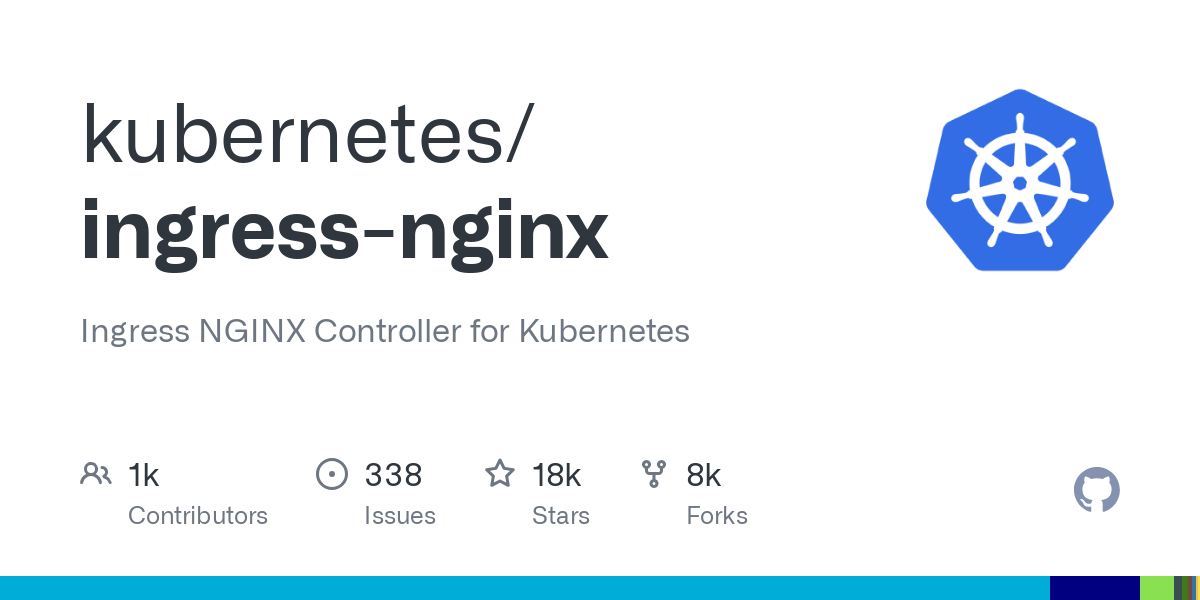
GitHub Issues for each of the CVEs
CVE-2025-24513: https://github.com/kubernetes/kubernetes/issues/131005
CVE-2025-24514: https://github.com/kubernetes/kubernetes/issues/131006
CVE-2025-1097: https://github.com/kubernetes/kubernetes/issues/131007
CVE-2025-1098: https://github.com/kubernetes/kubernetes/issues/131008
CVE-2025-1974: https://github.com/kubernetes/kubernetes/issues/131009
CVE-2025-24513
"A security issue was discovered in ingress-nginx where attacker-provided data are included in a filename by the ingress-nginx Admission Controller feature, resulting in directory traversal within the container. This could result in denial of service, or when combined with other vulnerabilities, limited disclosure of Secret objects from the cluster." - GitHub advisory
An attacker with access to the Kubernetes API / kubectl can create a malicious ingress-nginx resources. In the resource annotation for setting up Basic HTTP authentication in the ingress resource, there is a LFI vulnerability. ingress-nginx fails to sanitize path traversal characters in the auth-file annotation.
Impact: Limited LFI / DOS?
Patch

import (
"fmt"
"os"
"path/filepath"
"regexp"
"strings"
@@ -203,16 +204,24 @@ func (a auth) Parse(ing *networking.Ingress) (interface{}, error) {
return nil, err
}
passFilename := fmt.Sprintf("%v/%v-%v-%v.passwd", a.authDirectory, ing.GetNamespace(), ing.UID, secret.UID)
passFileName := fmt.Sprintf("%v-%v-%v.passwd", ing.GetNamespace(), ing.UID, secret.UID)
passFilePath := filepath.Join(a.authDirectory, passFileName)
// Ensure password file name does not contain any path traversal characters.
if a.authDirectory != filepath.Dir(passFilePath) || passFileName != filepath.Base(passFilePath) {
return nil, ing_errors.LocationDeniedError{
Reason: fmt.Errorf("invalid password file name: %s", passFileName),
}
}
switch secretType {
case fileAuth:
err = dumpSecretAuthFile(passFilename, secret)
err = dumpSecretAuthFile(passFilePath, secret)
if err != nil {
return nil, err
}
case mapAuth:
err = dumpSecretAuthMap(passFilename, secret)
err = dumpSecretAuthMap(passFilePath, secret)
if err != nil {
return nil, err
}
@@ -225,9 +234,9 @@ func (a auth) Parse(ing *networking.Ingress) (interface{}, error) {
return &Config{
Type: at,
Realm: realm,
File: passFilename,
File: passFilePath,
Secured: true,
FileSHA: file.SHA1(passFilename),
FileSHA: file.SHA1(passFilePath),
Secret: name,
SecretType: secretType,
}, nilObserve the above patch is adding file path checks to the
CVE-2025-24514
"A security issue was discovered in ingress-nginx where the `auth-url` Ingress annotation can be used to inject configuration into nginx. This can lead to arbitrary code execution in the context of the ingress-nginx controller, and disclosure of Secrets accessible to the controller. (Note that in the default installation, the controller can access all Secrets cluster-wide.)" - GitHub Advisory
Patch


@@ -1082,7 +1082,7 @@ stream {
set $target {{ changeHostPort $externalAuth.URL $authUpstreamName }};
{{ else }}
proxy_http_version {{ $location.Proxy.ProxyHTTPVersion }};
set $target {{ $externalAuth.URL }};
set $target {{ $externalAuth.URL | quote }};
{{ end }}
proxy_pass $target;
}CVE-2025-1097
"A security issue was discovered in ingress-nginx where the `auth-tls-match-cn` Ingress annotation can be used to inject configuration into nginx. This can lead to arbitrary code execution in the context of the ingress-nginx controller, and disclosure of Secrets accessible to the controller. (Note that in the default installation, the controller can access all Secrets cluster-wide.)" - GitHub Advisory
CVE-2025-1098
"A security issue was discovered in Kubernetes where under certain conditions, an unauthenticated attacker with access to the pod network can achieve arbitrary code execution in the context of the ingress-nginx controller. This can lead to disclosure of Secrets accessible to the controller. (Note that in the default installation, the controller can access all Secrets cluster-wide.)" - GitHub Advisory
CVE-2025-1974
This is the big one and has the highest severity.
"A security issue was discovered in Kubernetes where under certain conditions, an unauthenticated attacker with access to the pod network can achieve arbitrary code execution in the context of the ingress-nginx controller. This can lead to disclosure of Secrets accessible to the controller. (Note that in the default installation, the controller can access all Secrets cluster-wide.)" - GitHub advisory
An attacker with access to the ingress-nginx admission controller webhook can create a malicious ingress-nginx Ingress configuration that results in RCE.

Patch
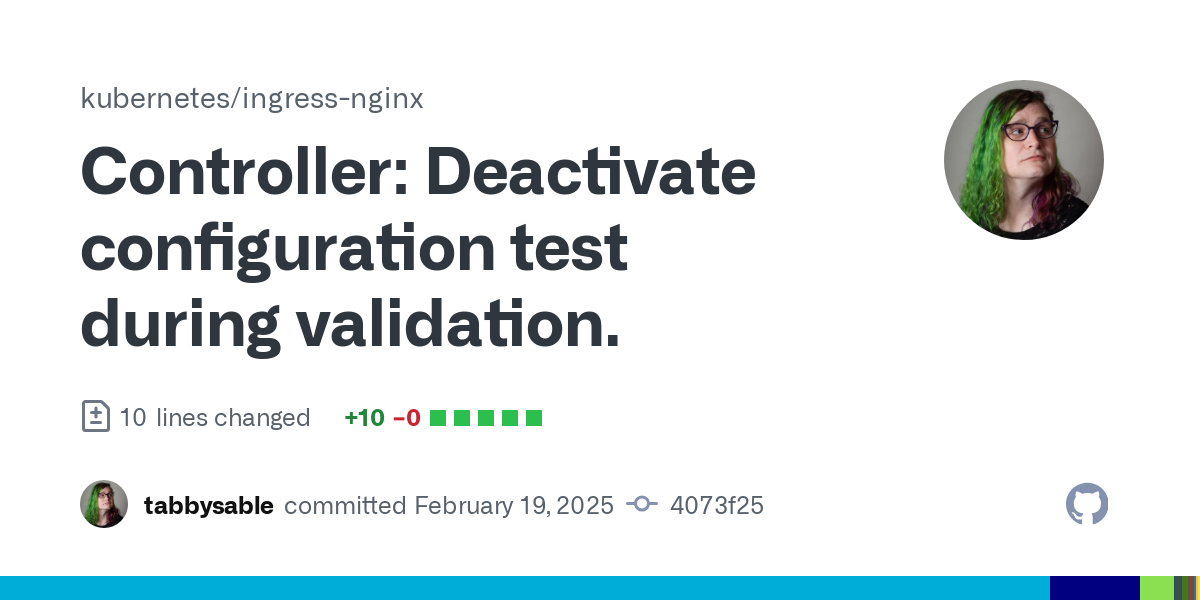
Disabled Functionality
ingress-nginx/internal/ingress/controller/controller.go
/* Deactivated to mitigate CVE-2025-1974
// TODO: Implement sandboxing so this test can be done safely
err = n.testTemplate(content)
if err != nil {
n.metricCollector.IncCheckErrorCount(ing.ObjectMeta.Namespace, ing.Name)
return err
}
*/ingress-nginx/test/e2e/admission/admission.go
/* Deactivated to mitigate CVE-2025-1974
// TODO: Implement sandboxing so this test can be done safely
ginkgo.It("should return an error if there is an error validating the ingress definition", func() {
disableSnippet := f.AllowSnippetConfiguration()
defer disableSnippet()
host := admissionTestHost
annotations := map[string]string{
"nginx.ingress.kubernetes.io/configuration-snippet": "something invalid",
}
firstIngress := framework.NewSingleIngress("first-ingress", "/", host, f.Namespace, framework.EchoService, 80, annotations)
_, err := f.KubeClientSet.NetworkingV1().Ingresses(f.Namespace).Create(context.TODO(), firstIngress, metav1.CreateOptions{})
assert.NotNil(ginkgo.GinkgoT(), err, "creating an ingress with invalid configuration should return an error")
})
*/controller_test.go
/* Deactivated to mitigate CVE-2025-1974
// TODO: Implement sandboxing so this test can be done safely
t.Run("When nginx test returns an error", func(t *testing.T) {
nginx.command = testNginxTestCommand{
t: t,
err: fmt.Errorf("test error"),
out: []byte("this is the test command output"),
expected: "_,test.example.com",
}
if nginx.CheckIngress(ing) == nil {
t.Errorf("with a new ingress with an error, an error should be returned")
}
})
*/Vulnerable Function - CheckIngress
// CheckIngress returns an error in case the provided ingress, when added
// to the current configuration, generates an invalid configuration
func (n *NGINXController) CheckIngress(ing *networking.Ingress) error {
startCheck := time.Now().UnixNano() / 1000000
if ing == nil {
// no ingress to add, no state change
return nil
}
// Skip checks if the ingress is marked as deleted
if !ing.DeletionTimestamp.IsZero() {
return nil
}
if n.cfg.DeepInspector {
if err := inspector.DeepInspect(ing); err != nil {
return fmt.Errorf("invalid object: %w", err)
}
}
// Do not attempt to validate an ingress that's not meant to be controlled by the current instance of the controller.
if ingressClass, err := n.store.GetIngressClass(ing, n.cfg.IngressClassConfiguration); ingressClass == "" {
klog.Warningf("ignoring ingress %v in %v based on annotation %v: %v", ing.Name, ing.ObjectMeta.Namespace, ingressClass, err)
return nil
}
if n.cfg.Namespace != "" && ing.ObjectMeta.Namespace != n.cfg.Namespace {
klog.Warningf("ignoring ingress %v in namespace %v different from the namespace watched %s", ing.Name, ing.ObjectMeta.Namespace, n.cfg.Namespace)
return nil
}
if n.cfg.DisableCatchAll && ing.Spec.DefaultBackend != nil {
return fmt.Errorf("this deployment is trying to create a catch-all ingress while DisableCatchAll flag is set to true. Remove '.spec.defaultBackend' or set DisableCatchAll flag to false")
}
startRender := time.Now().UnixNano() / 1000000
cfg := n.store.GetBackendConfiguration()
cfg.Resolver = n.resolver
// Adds the pathType Validation
if cfg.StrictValidatePathType {
if err := inspector.ValidatePathType(ing); err != nil {
return fmt.Errorf("ingress contains invalid paths: %w", err)
}
}
var arrayBadWords []string
if cfg.AnnotationValueWordBlocklist != "" {
arrayBadWords = strings.Split(strings.TrimSpace(cfg.AnnotationValueWordBlocklist), ",")
}
for key, value := range ing.ObjectMeta.GetAnnotations() {
if parser.AnnotationsPrefix != parser.DefaultAnnotationsPrefix {
if strings.HasPrefix(key, fmt.Sprintf("%s/", parser.DefaultAnnotationsPrefix)) {
return fmt.Errorf("this deployment has a custom annotation prefix defined. Use '%s' instead of '%s'", parser.AnnotationsPrefix, parser.DefaultAnnotationsPrefix)
}
}
if strings.HasPrefix(key, fmt.Sprintf("%s/", parser.AnnotationsPrefix)) && len(arrayBadWords) != 0 {
for _, forbiddenvalue := range arrayBadWords {
if strings.Contains(value, strings.TrimSpace(forbiddenvalue)) {
return fmt.Errorf("%s annotation contains invalid word %s", key, forbiddenvalue)
}
}
}
if !cfg.AllowSnippetAnnotations && strings.HasSuffix(key, "-snippet") {
return fmt.Errorf("%s annotation cannot be used. Snippet directives are disabled by the Ingress administrator", key)
}
}
k8s.SetDefaultNGINXPathType(ing)
allIngresses := n.store.ListIngresses()
filter := func(toCheck *ingress.Ingress) bool {
return toCheck.ObjectMeta.Namespace == ing.ObjectMeta.Namespace &&
toCheck.ObjectMeta.Name == ing.ObjectMeta.Name
}
ings := store.FilterIngresses(allIngresses, filter)
parsed, err := annotations.NewAnnotationExtractor(n.store).Extract(ing)
if err != nil {
n.metricCollector.IncCheckErrorCount(ing.ObjectMeta.Namespace, ing.Name)
return err
}
ings = append(ings, &ingress.Ingress{
Ingress: *ing,
ParsedAnnotations: parsed,
})
startTest := time.Now().UnixNano() / 1000000
_, servers, pcfg := n.getConfiguration(ings)
err = checkOverlap(ing, servers)
if err != nil {
n.metricCollector.IncCheckErrorCount(ing.ObjectMeta.Namespace, ing.Name)
return err
}
testedSize := len(ings)
if n.cfg.DisableFullValidationTest {
_, _, pcfg = n.getConfiguration(ings[len(ings)-1:])
testedSize = 1
}
content, err := n.generateTemplate(cfg, *pcfg)
if err != nil {
n.metricCollector.IncCheckErrorCount(ing.ObjectMeta.Namespace, ing.Name)
return err
}
err = n.testTemplate(content)
if err != nil {
n.metricCollector.IncCheckErrorCount(ing.ObjectMeta.Namespace, ing.Name)
return err
}
n.metricCollector.IncCheckCount(ing.ObjectMeta.Namespace, ing.Name)
endCheck := time.Now().UnixNano() / 1000000
n.metricCollector.SetAdmissionMetrics(
float64(testedSize),
float64(endCheck-startTest)/1000,
float64(len(ings)),
float64(startTest-startRender)/1000,
float64(len(content)),
float64(endCheck-startCheck)/1000,
)
return nil
}ingress-nginx/internal/ingress/controller/controller.go
content, err := n.generateTemplate(cfg, *pcfg)
if err != nil {
n.metricCollector.IncCheckErrorCount(ing.ObjectMeta.Namespace, ing.Name)
return err
}
err = n.testTemplate(content)Calls testTemplate
// testTemplate checks if the NGINX configuration inside the byte array is valid
// running the command "nginx -t" using a temporal file.
func (n *NGINXController) testTemplate(cfg []byte) error {
if len(cfg) == 0 {
return fmt.Errorf("invalid NGINX configuration (empty)")
}
tmpfile, err := os.CreateTemp(filepath.Join(os.TempDir(), "nginx"), tempNginxPattern)
if err != nil {
return err
}
defer tmpfile.Close()
err = os.WriteFile(tmpfile.Name(), cfg, file.ReadWriteByUser)
if err != nil {
return err
}
out, err := n.command.Test(tmpfile.Name())
if err != nil {
// this error is different from the rest because it must be clear why nginx is not working
oe := fmt.Sprintf(`
-------------------------------------------------------------------------------
Error: %v
%v
-------------------------------------------------------------------------------
`, err, string(out))
return errors.New(oe)
}
os.Remove(tmpfile.Name())
return nil
}- Inputs cfg string (bytes)
func (n *NGINXController) testTemplate(cfg []byte) error {- Writes cfg to tmp dir
tmpfile, err := os.CreateTemp(filepath.Join(os.TempDir(), "nginx"), tempNginxPattern)
if err != nil {
return err
}
defer tmpfile.Close()
err = os.WriteFile(tmpfile.Name(), cfg, file.ReadWriteByUser)
if err != nil {
return err
}- Validates tmp cfg file
out, err := n.command.Test(tmpfile.Name())- If successful, deletes files. Otherwise returns err
os.Remove(tmpfile.Name())Test function executes nginx passing cfg file with -t.
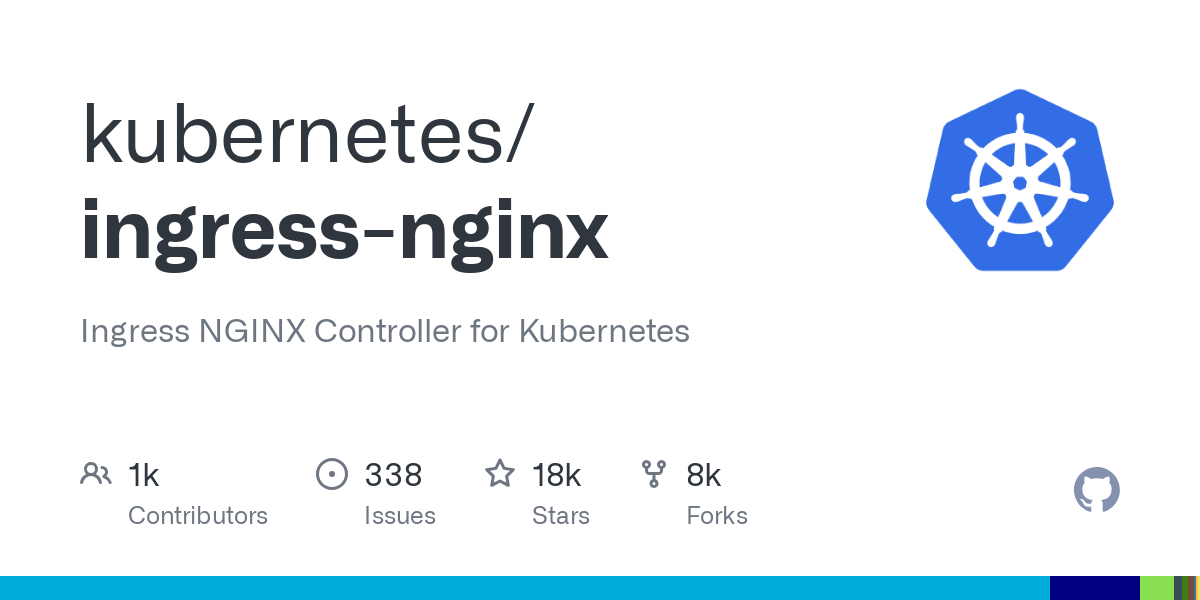
// Test checks if config file is a syntax valid nginx configuration
func (nc NginxCommand) Test(cfg string) ([]byte, error) {
//nolint:gosec // Ignore G204 error
return exec.Command(nc.Binary, "-c", cfg, "-t").CombinedOutput()
}https://github.com/kubernetes/ingress-nginx/blob/main/internal/ingress/controller/util.go#L144 - Root cause of the RCE
Since the attacker controls the contents of the cfg file, they can achieve unauthenticated RCE.
Vulnerable Admission Controller Server
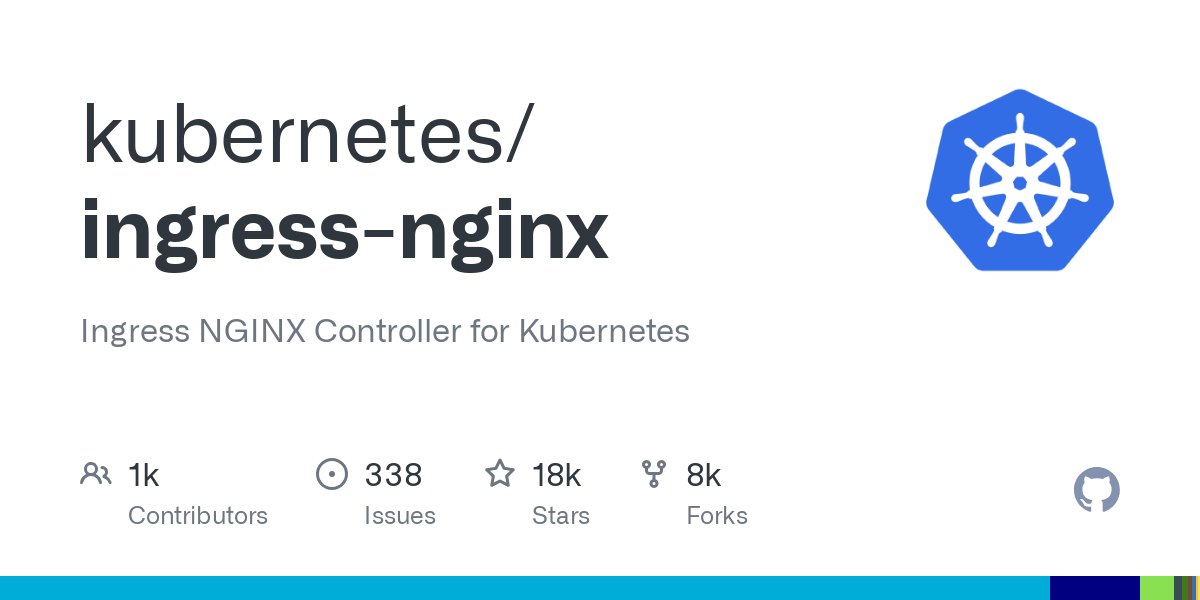
// ServeHTTP implements http.Server method
func (acs *AdmissionControllerServer) ServeHTTP(w http.ResponseWriter, req *http.Request) {
defer req.Body.Close()
data, err := io.ReadAll(req.Body)
if err != nil {
klog.ErrorS(err, "Failed to read request body")
w.WriteHeader(http.StatusBadRequest)
return
}
codec := json.NewSerializerWithOptions(json.DefaultMetaFactory, scheme, scheme, json.SerializerOptions{
Pretty: true,
})
obj, _, err := codec.Decode(data, nil, nil)
if err != nil {
klog.ErrorS(err, "Failed to decode request body")
w.WriteHeader(http.StatusBadRequest)
return
}
result, err := acs.AdmissionController.HandleAdmission(obj)
if err != nil {
klog.ErrorS(err, "failed to process webhook request")
w.WriteHeader(http.StatusInternalServerError)
return
}
if err := codec.Encode(result, w); err != nil {
klog.ErrorS(err, "failed to encode response body")
w.WriteHeader(http.StatusInternalServerError)
return
}
}
Calls HandleAdmission
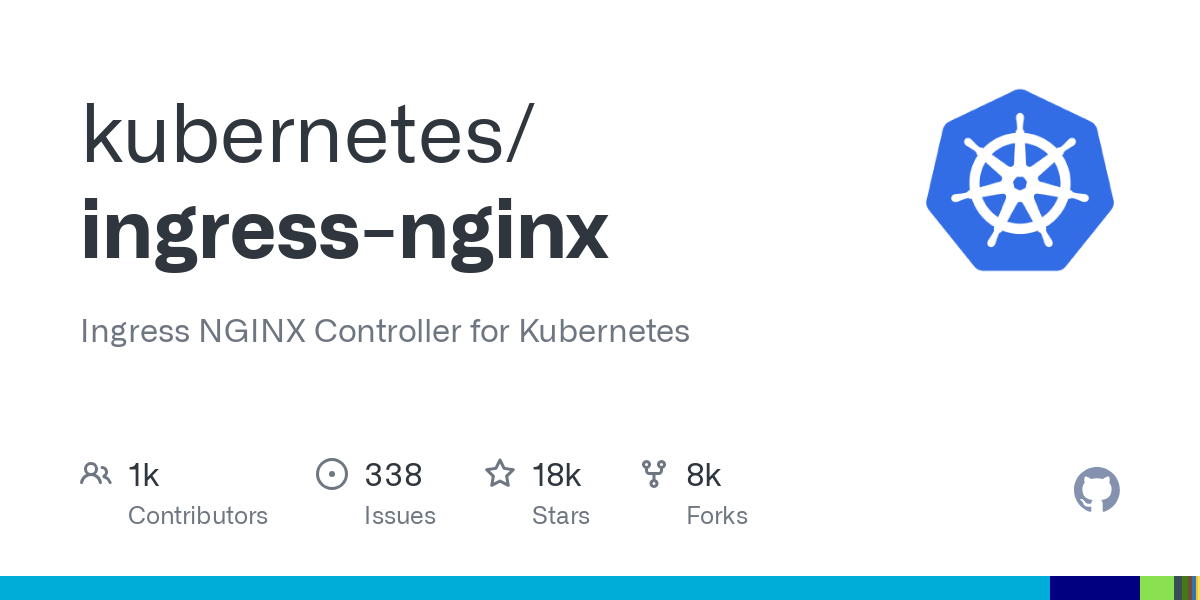
// HandleAdmission populates the admission Response
// with Allowed=false if the Object is an ingress that would prevent nginx to reload the configuration
// with Allowed=true otherwise
func (ia *IngressAdmission) HandleAdmission(obj runtime.Object) (runtime.Object, error) {
review, isV1 := obj.(*admissionv1.AdmissionReview)
if !isV1 {
return nil, fmt.Errorf("request is not of type AdmissionReview v1 or v1beta1")
}
if !apiequality.Semantic.DeepEqual(review.Request.Kind, ingressResource) {
return nil, fmt.Errorf("rejecting admission review because the request does not contain an Ingress resource but %s with name %s in namespace %s",
review.Request.Kind.String(), review.Request.Name, review.Request.Namespace)
}
status := &admissionv1.AdmissionResponse{}
status.UID = review.Request.UID
ingress := networking.Ingress{}
codec := json.NewSerializerWithOptions(json.DefaultMetaFactory, scheme, scheme, json.SerializerOptions{
Pretty: true,
})
_, _, err := codec.Decode(review.Request.Object.Raw, nil, &ingress)
if err != nil {
klog.ErrorS(err, "failed to decode ingress")
status.Allowed = false
status.Result = &metav1.Status{
Status: metav1.StatusFailure, Code: http.StatusBadRequest, Reason: metav1.StatusReasonBadRequest,
Message: err.Error(),
}
review.Response = status
return review, nil
}
// Adds the warnings regardless of operation being allowed or not
warning, err := ia.Checker.CheckWarning(&ingress)
if err != nil {
klog.ErrorS(err, "failed to get ingress warnings")
}
if len(warning) > 0 {
status.Warnings = warning
}
if err := ia.Checker.CheckIngress(&ingress); err != nil {
klog.ErrorS(err, "invalid ingress configuration", "ingress", fmt.Sprintf("%v/%v", review.Request.Namespace, review.Request.Name))
status.Allowed = false
status.Result = &metav1.Status{
Status: metav1.StatusFailure, Code: http.StatusBadRequest, Reason: metav1.StatusReasonBadRequest,
Message: err.Error(),
}
review.Response = status
return review, nil
}
klog.InfoS("successfully validated configuration, accepting", "ingress", fmt.Sprintf("%v/%v", review.Request.Namespace, review.Request.Name))
status.Allowed = true
review.Response = status
return review, nil
}Calls CheckIngress on the received Ingress object
Therefore, an call CheckIngress on arbitrary Ingress objects if they have access to the admission controller server (webook)
Accessing the vulnerable admission controller server webhook
Name: ingress-nginx-controller-6579f7cfb4-vzfjh
Namespace: ingress-nginx
Priority: 0
Service Account: ingress-nginx
Node: minikube/192.168.49.2
Start Time: Mon, 24 Mar 2025 18:20:31 -0500
Labels: app.kubernetes.io/component=controller
app.kubernetes.io/instance=ingress-nginx
app.kubernetes.io/name=ingress-nginx
pod-template-hash=6579f7cfb4
Annotations: <none>
Status: Running
IP: 10.244.0.6
IPs:
IP: 10.244.0.6
Controlled By: ReplicaSet/ingress-nginx-controller-6579f7cfb4
Containers:
controller:
Container ID: docker://0271a7ebeb16b1131e5c653279ebf0b6543e9e137ac544bdecf8e88e726fce10
Image: registry.k8s.io/ingress-nginx/controller:v1.11.3@sha256:d56f135b6462cfc476447cfe564b83a45e8bb7da2774963b00d12161112270b7
Image ID: docker-pullable://registry.k8s.io/ingress-nginx/controller@sha256:d56f135b6462cfc476447cfe564b83a45e8bb7da2774963b00d12161112270b7
Ports: 80/TCP, 443/TCP, 8443/TCP
Host Ports: 0/TCP, 0/TCP, 0/TCP
Args:
/nginx-ingress-controller
--publish-service=$(POD_NAMESPACE)/ingress-nginx-controller
--election-id=ingress-controller-leader
--controller-class=k8s.io/ingress-nginx
--ingress-class=nginx
--configmap=$(POD_NAMESPACE)/ingress-nginx-controller
--default-ssl-certificate=ingress-nginx/ingress-certs
--validating-webhook=:8443
--validating-webhook-certificate=/usr/local/certificates/cert
--validating-webhook-key=/usr/local/certificates/key
State: Running
Started: Mon, 24 Mar 2025 18:20:42 -0500
Ready: True
Restart Count: 0
Requests:
cpu: 100m
memory: 90Mi
Liveness: http-get http://:10254/healthz delay=10s timeout=1s period=10s #success=1 #failure=5
Readiness: http-get http://:10254/healthz delay=10s timeout=1s period=10s #success=1 #failure=3
Environment:
POD_NAME: ingress-nginx-controller-6579f7cfb4-vzfjh (v1:metadata.name)
POD_NAMESPACE: ingress-nginx (v1:metadata.namespace)
LD_PRELOAD: /usr/local/lib/libmimalloc.so
Mounts:
/usr/local/certificates/ from webhook-cert (ro)
/var/run/secrets/kubernetes.io/serviceaccount from kube-api-access-gs9xj (ro)
Conditions:
Type Status
PodReadyToStartContainers True
Initialized True
Ready True
ContainersReady True
PodScheduled True
Volumes:
webhook-cert:
Type: Secret (a volume populated by a Secret)
SecretName: ingress-nginx-admission
Optional: false
kube-api-access-gs9xj:
Type: Projected (a volume that contains injected data from multiple sources)
TokenExpirationSeconds: 3607
ConfigMapName: kube-root-ca.crt
ConfigMapOptional: <nil>
DownwardAPI: true
QoS Class: Burstable
Node-Selectors: kubernetes.io/os=linux
Tolerations: node.kubernetes.io/not-ready:NoExecute op=Exists for 300s
node.kubernetes.io/unreachable:NoExecute op=Exists for 300s
Events:
Type Reason Age From Message
---- ------ ---- ---- -------
Normal Scheduled 5m23s default-scheduler Successfully assigned ingress-nginx/ingress-nginx-controller-6579f7cfb4-vzfjh to minikube
Warning FailedMount 5m22s (x3 over 5m23s) kubelet MountVolume.SetUp failed for volume "webhook-cert" : secret "ingress-nginx-admission" not found
Normal Pulling 5m19s kubelet Pulling image "registry.k8s.io/ingress-nginx/controller:v1.11.3@sha256:d56f135b6462cfc476447cfe564b83a45e8bb7da2774963b00d12161112270b7"
Normal Pulled 5m12s kubelet Successfully pulled image "registry.k8s.io/ingress-nginx/controller:v1.11.3@sha256:d56f135b6462cfc476447cfe564b83a45e8bb7da2774963b00d12161112270b7" in 7.493s (7.493s including waiting). Image size: 292645598 bytes.
Normal Created 5m12s kubelet Created container controller
Normal Started 5m12s kubelet Started container controller
Normal RELOAD 5m10s nginx-ingress-controller NGINX reload triggered due to a change in configuration
Unfortunately, it seems that this HTTP server may be internet accessible as the ingress-nginx docs say to open the port for it:

POCs
CVE-2025-1974: replicated
